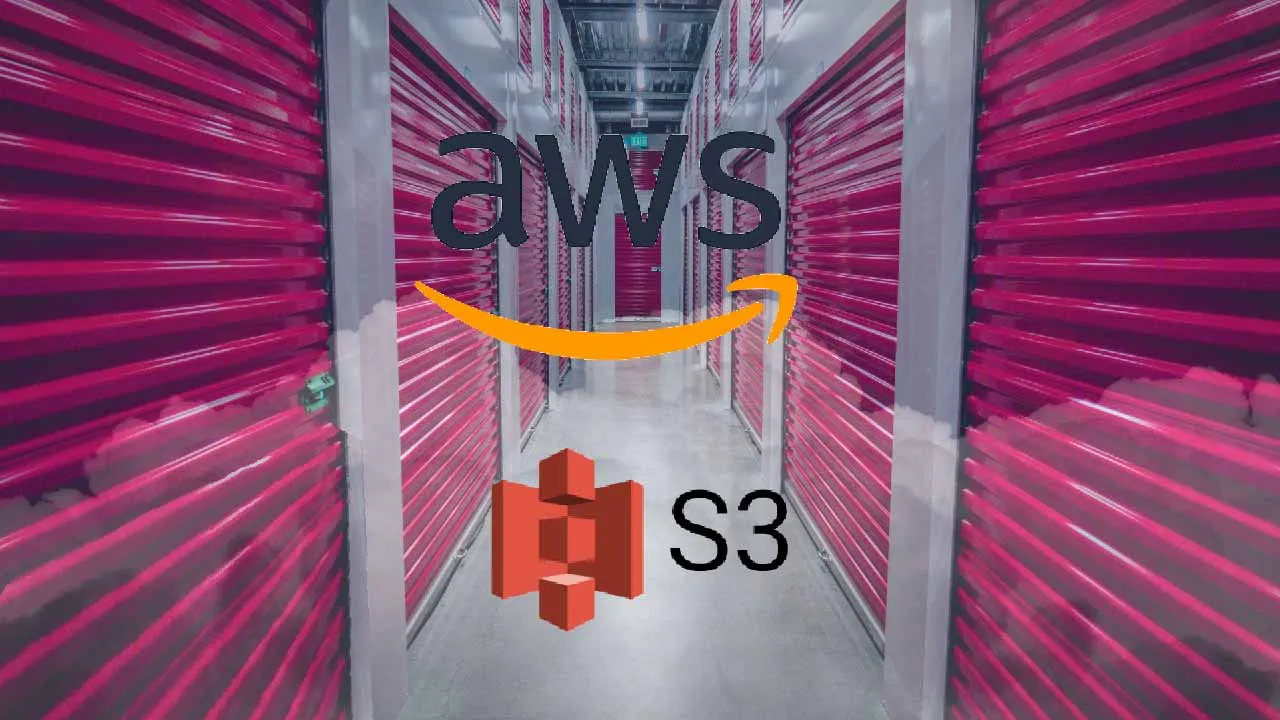When developing your web application, you must think of a place where to store your data, how to back up them, types of data you want to store, such as images, music, and videos, application hosting, data archiving, disaster recoveries. AWS Simple Storage Service (S3) provides you the solutions for these cases. S3 is one of the core services of AWS cloud infrastructure. It’s object storage that acts like a regular file system on your personal computer. S3 scales infinitely, with no limit on the amount of data you store.
In this tutorial, we’ll get to learn how to use the AWS S3. First, learn what is S3, the core parts of S3 that are the Buckets, Access Point, and Objects. Then we’ll get to the practice, by implementing the AWS SDK for Node.js 💻 Finally, we’ll provide a cheat sheet on AWS S3 CMD Commands.
Amazon Web Services (AWS) provides multiple types of cloud computing services, one of them is the AWS Storage Service. There are different storage services, such as Simple Storage Service (S3), AWS Elastic File System (EFS), & Elastic Block Store (EBS). For this tutorial, we’ll be focusing on the S3 service. S3 is one of the most favorite cloud computing services among all the other services, based on this poll by acloud.guru on Twitter.
What is Amazon S3?
You can use S3 to host your static websites, delivering HTML, JavaScript, images, videos, and other files to your website visitors - that doesn’t contain server-side code such as Node.js or PHP. Using S3, you can easily deploy your applications in just two to three clicks via the user interface. S3 provides a simple web services interface you can use to store and retrieve any amount of data from anywhere on the web.
We’ll now go through the core concepts of S3, such as buckets, access points, and objects.
#aws #cloud #aws-s3 #serverless #amazon
